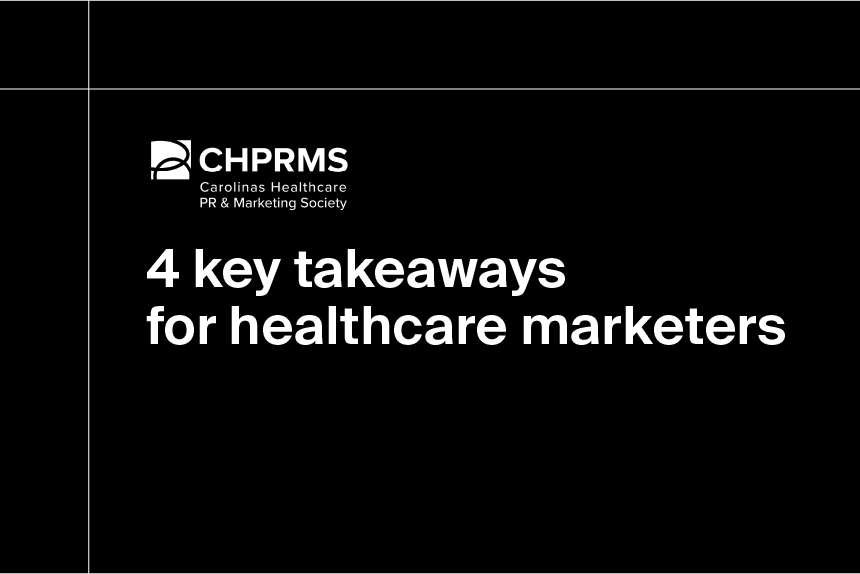Rural America’s health crisis: Critical-access and safety-net hospitals
Jan 12th, 2024

It isn’t difficult to find a rural region in the United States—over 70% of the country is categorized as a non-metropolitan area. But only between 15% and 20% of the U.S. population (approximately 42 to 57 million people) lives in a rural county. Sprawling acres of land and low population density make it difficult for many rural communities to attract businesses and therefore more people, either as residents or tourists.
Reluctance by businesses to build or relocate to rural areas is one of many factors in the cycle of falling employment rates, rising poverty rates, and a lack of opportunity that drives younger residents to urban and metropolitan areas. Because of these and other factors, rural populations are more likely to live under the federal poverty line, face homelessness or housing insecurity, suffer from preventable and chronic illness, and lack health insurance coverage.
Health challenges in rural America
People living in rural areas are particularly susceptible to treatable illnesses like diabetes or depression. Rural populations are also older on average than urban populations and are more likely to suffer from illnesses associated with age, tobacco use, and cancer. Opioid-related deaths are 45% higher in rural regions than in urban regions. Despite the high level of need for more than 40 million people living in rural America, they have less access to quality medical care than those living in metropolitan areas.
Definitive Healthcare currently tracks the financial and quality metrics of 5,291 active rural health clinics (RHCs) and 1,359 active critical access hospitals (CAHs). Of these CAHs, around 1,229—more than 90%—operate in rural areas.
Although critical-access hospitals are often referred to as “safety nets,” they should not be confused with safety-net hospitals (SNHs). While both CAHs and SNHs provide care to vulnerable populations—uninsured or impoverished communities—they have very different operating specifications.
What is a critical-access hospital?
Critical-access hospitals are defined by the Centers for Medicare and Medicaid Services (CMS) as facilities that:
- have fewer than 25 acute care inpatient beds
- are located more than 35 miles from the nearest hospital (or 15 miles by mountain or secondary roads)
- maintain an average stay of 96 hours or less
- must provide 24-hour emergency care services
Approximately 25% of acute care hospitals are designated critical-access hospitals. Because of this designation and the areas in which they are located, CAHs frequently have less access to funding, employ fewer physicians, and lack care specialists compared to other acute care hospitals. Additionally, due to the limitations of their critical-access status, CAHs are less likely than other acute care hospitals to have an on-site intensive care unit (ICU), offer cardiac catheterization, and have sufficient (if any) designated surgical facilities.
Of the 1,359 critical-access hospitals tracked by Definitive Healthcare, 50 have fewer than 10 beds and 14 have five beds or fewer.
Only half of those CAHs reported being part of a hospital network, further reducing the care options available to their patients. In addition, the mortality rate at critical-access hospitals is higher than at small rural hospitals not designated as critical-access. This is likely attributed to a combination of factors including limited access to capital, lower physician and specialist employment, and patient demographics.
Due to the financial burdens placed on critical-access hospitals, CMS reimburses their Medicare costs at 101%. However, this still is not enough for many CAHs, and most carry millions of dollars—sometimes tens of millions of dollars—in bad debt. These financial hardships make it difficult for critical-access hospitals to offer competitive salaries, staff specialists, or deploy the latest technology.
What are the differences between rural health clinics and critical-access hospitals?
Rural health clinics, unlike CAHs, primarily rely on physician assistants (PAs) and nurse practitioners (NPs) to provide medical care for Medicare and Medicaid patients, and are reimbursed regardless of whether they operate under a full-time physician. RHCs receive enhanced Medicare and Medicaid reimbursement rates and encourage the utilization of mid-level providers. However, they may be subject to reimbursement caps per patient visit—which can lead to very strict budgeting measures—and they are not required to offer inpatient services. Additionally, RHCs cannot operate in an area with more than 50,000 residents.
CAH’s do not have a limit on how many residents they can serve in their area, so long as they meet the geographical requirements. But this does not mean they face fewer financial difficulties. According to our data, of the 1,165 critical access hospitals reporting in 2024, nearly 373 of them claimed a debt-to-equity ratio of 0.5 or above, with an average rate of 3.35—a marked change from the average rate of 1.59 reported by CAHs in 2018.
For many people living in rural communities, CAHs are the only reasonable option for medical care. In an emergency, patients may not be able to drive 35 miles or more to the next closest facility. People often cannot afford the cost of transportation or to take time off work to travel so far away for preventative care or treatment. Even veterans, who disproportionately live in rural regions, struggle to access VA hospitals and other care facilities, and instead rely on local hospitals (often designated as critical access).
Despite the existence of these CAHs, rural patients are still not able to receive adequate medical care, particularly for cancer treatments and preventative medicine. Unlike many urban areas, rural counties are less likely to have safety net providers—which are better equipped to treat patients who are chronically-ill, uninsured, or are covered by Medicare.
What are safety-net hospitals?
Safety-net hospitals are hospitals with the highest number of inpatient stays that were paid by Medicaid or were uninsured. Only hospitals in the top quartile are designated as an SNH. As of the U.S. Census Bureau’s 2023 report, nearly 26 million Americans do not have health insurance, and therefore cannot or would not be treated at traditional hospitals.
Although SNHs, by definition, only represent one-quarter of hospitals in the U.S., they account for one-third of all inpatient stays. In 2016, half of these were paid by Medicaid or were uninsured. Safety-net hospitals are often large teaching hospitals located in urban areas. This is quite the opposite of critical-access hospitals, which can only exist in rural areas and service a small number of beds.
As with CAHs, the backgrounds of patients seeking treatment at safety-net hospitals often lead to less favorable outcomes than the average patient. Because SNH patients are often living below the poverty line, they are at a higher risk of suffering from chronic health problems and untreated medical conditions and face higher mortality rates within 30 days of treatment. This leads to complications when safety-net hospitals report quarterly quality metrics to CMS.
The disproportionate number of high-risk patients skews individual hospital data, often putting safety-net hospitals in the lowest quality performance percentiles. In turn, SNHs are more likely than traditional hospitals to receive quality metrics penalties from CMS—damaging their reputations and eliminating much-needed funding.
What does it all mean?
For vulnerable populations, especially those in rural areas, it can be immensely difficult to receive the proper preventative, diagnostic, and emergency care. Critical-access and safety-net hospitals provide essential healthcare services to those in need and can stabilize and transfer patients that cannot be treated on-site. Because safety-net facilities are much less common in rural communities than in metropolitan areas, the burden primarily falls on critical-access facilities.
Though critical-access hospitals are necessary in many rural communities, they cannot always provide the same level of care as safety-net hospitals, due to smaller facility size and fewer staff members. Though rural health clinics can aid CAHs in patient care, they are only required to offer outpatient and laboratory services—leaving CAHs to care for most inpatient procedures, stabilizations, and transfers.
Additionally, as SNHs treat patients who cannot always pay out-of-pocket expenses, they rely on Medicare as their primary source of funding. This is also true for CAHs, due to their reimbursement percentages. Without a considerable Medicare expansion, the fate of safety-net and critical-access facilities will likely remain uncertain.
If you’re interested in getting a closer look at the state of safety-net hospitals and critical-access hospitals, view a list of the top 20 CAHs by number of discharges. The Definitive Healthcare platform offers the data, analytics, and expertise you need to understand the nuances of this complex market. Sign up for a free trial today to get a new perspective on this and other trends shaping the U.S. healthcare system.



